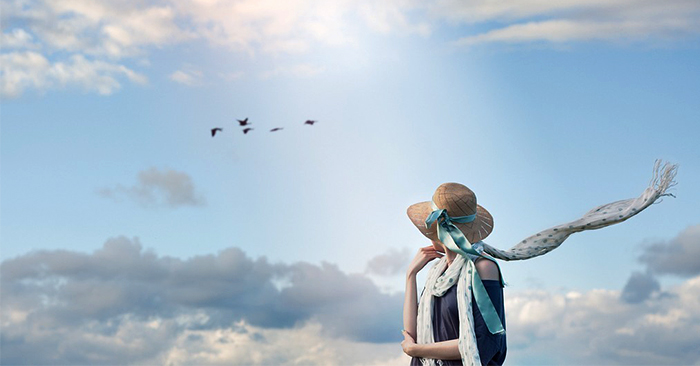
Through Thick and Thin: Eyeliner Then and Now
Originating in ancient Egypt and Mesopotamia, eyeliner began as a black powder derived from minerals and plants—now it is referred to in the Middle East as kajal or kohl. Since then, eyeliner has become a global phenomenon as well as a vanity staple.
In olden days, users believed that kohl could ward off evil. While its efficacy in this regard is debatable, through decades of trial and error it has become clear that eyeliner can define the eyes. If applied skillfully, it can enhance or alter the natural shape of the eye to create an optical illusion; if used poorly, it can make eyes look bruised or contracted.
The age-old tradition gained traction in the Western world only in the 19th and early 20th centuries, according to Victoria Sherrow in her beauty encyclopedia For Appearance’s Sake.
Then, in 1922, King Tutankhamen’s tomb was unearthed. This sparked a fetish in the West for all things Egyptian, including the style of makeup.
Perhaps most iconic of this fad was silent-film actress Theda Bara, who in her most famous role as Cleopatra sported a braided wig and exaggerated black eyeliner that seems to extend to her brows.
Since then, eyeliner has experienced many incarnations. In the 1950s, the pinup “flick” became popular. When eyeliner is applied for this technique, the line is drawn thicker on the outside corner and then flicked up and outward. This created an elegant, crisp look for the eye.
Then came the 1960s, when thick winged-out liner became the vogue. This time, the trend was sparked by Elizabeth Bueton’s role in the film Cleopatra. The look is completed with spiky lashes, colorful shadow, and pale lips.
And then, the thin black line took top in the early and mid-2000s. The goal was to apply only enough liner to give the false impression that the roots of the lashes are thicker. Women today tend to wear whatever style suits their fancy and facial features, and makeup serves more of a utilitarian and artistic purpose than it had in the past.
Options and Their Use
Given the wide array of products available and the individual’s varied needs and desires, it’s sometimes challenging to find the right product. Here are the basic types of liners and their pros and cons:
Pencil
Pencils are the most commonly found and inexpensive type of liner. They are easily smudged to produce a soft, blurred effect. Some pencils have a sponge tip on the cap for this purpose. They can be used in the lower lash line and water line (the pink rim touching your eyeball). However, pencils need constant sharpening—a process that wastes a lot of product—and too sharp a pencil is not good to put too close to the eye, so drawing on the lash line is not too practical here.
Liquid
Liquid liner can get messy and must be applied before coffee. Liquid liners come with two types of applicators: a felt-tipped brush or a skinny brush. The felt tip offers more control but less natural flow; the brush provides the opposite. These fluids tend to dry quickly, but while they are wet be careful not to open your eye to the point where the ink would transfer to your upper lid. Also, liquid liners can feel taut when they dry.
Powder
This is basically a finely milled eye shadow, best applied with a natural-hair angled brush. Powder liners are both smudgeable and realistic-looking when used close to the lash line.
For the brave, Guerlain produces a powder liner that is applied using the rounded end of a small stick, which is attached to the cap. It is best applied in the water line using the Middle Eastern method: Close your eyes with the tip of the applicator in the inner tear duct. While your eyes are closed, drag the applicator across. This will line both top and bottom water lines simultaneously.
Gel
Gel is the most versatile of all the forms of eyeliner. It’s smudgeable like pencil, doesn’t dry too quickly, and goes on with the same “slip” as liquid. Use a synthetic-fiber angled brush. This type of brush makes drawing a straight line much easier since it is flat, and the synthetic fibers don’t soak up too much product. For thin lines, use a pointed liner brush.
Quick tip: To increase the longevity of eyeliner—no matter what kind—pack a line of matching shadow over the top.
by Christine Lin





